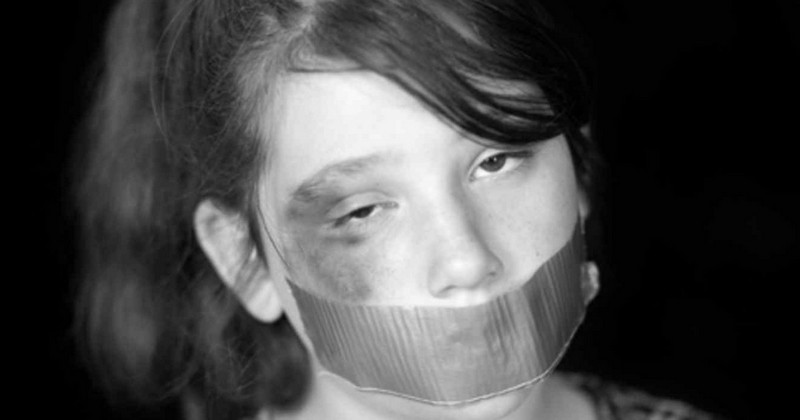Partner abuse: causes, effects and keys to understanding this phenomenon.

Gender violence seen from the perspective of psychotherapy.
Human beings are relational beings, that is, we can only understand ourselves in relation to others, and the main place where we learn to do so is the family. Statistics indicate that about 30-40% of families suffer some form of domestic or intimate partner violence. Partner abuse affects more women, but men can also be victims.
When someone is a victim of partner abuse, it is necessary to distinguish between psychological abuse and physical abuse.
Physical and psychological abuse
The psychological abuse is based on intentional behaviors, executed from a position of power and aimed at devaluing, producing psychological damage, destroying self-esteem and reducing personal confidence. Their suffering leads to depersonalization depersonalizationIt also generates dependence on the person who inflicts it. The abuser uses insults, accusations, threats, destructive criticism, shouting, manipulation, silence, indifference and contempt.
Physical abuse, in addition to all of the above, is carried out by hitting and provoking any type of physical pain, either with the hands or with other objects, and can even cause the death of the person being abused.
Mistreatment is a process that is usually prolonged over many years, starting from a situation of control and disregard for the victim. of control and devaluation on the part of the husband towards his wife or vice versa, and in which, among other things, it is a process of abuse.In this situation, among other things, the husband prevents his partner from engaging in social activities such as going out with friends or visiting his family.
Most aggressors do not use violence outside the family.
At first it was believed that domestic violence involved irrational, impulsive acts, in which the aggressor did not understand the consequences of his actions. The reality is that it is not a problem of losing control of oneself, but of taking control over one's partner and/or children.
Most offenders do not use violence against others outside the family, nor do they risk assault in situations where they foresee negative consequences for themselves. Another widespread belief is that intimate partner abuse is restricted to the poorest and most uneducated sectors, but in reality this is not a phenomenon exclusive to the poor, and as one moves up the ladder of poverty, it is more common among the poor. as one moves up the social ladder, there are more resources to hide this situation..
As for alcohol consumption, the reality is that it is a risk factor, but it has been observed that it is not the direct cause of abuse. Many alcoholics are not violent at home.
Why do some women put up with abuse?
In most cases the abused woman maintains the bond with her abuser because she is economically and emotionally dependent, and because she is unaware of her rights.and because they are unaware of their rights. Fear of a fatal outcome also prevents many women from seeking appropriate help from social services.
To prevent gender violence, it is necessary to change attitudes through coeducation, education in equal rights from childhood and adolescence and the re-education of adults. Coexistence presupposes free choice and non-ownership of people.
Men can also be victims of abuse
Partner violence is immediately associated with battered women. But, although to a lesser extent, men can also be victims of partner violence.
Most cases of gender-based violence in which the man is the victim are due to psychological abuse. Men often do not report for various reasons: lack of legal support and resources for the abused man, credibility issues or fear of ridicule.
(Updated at Apr 14 / 2024)